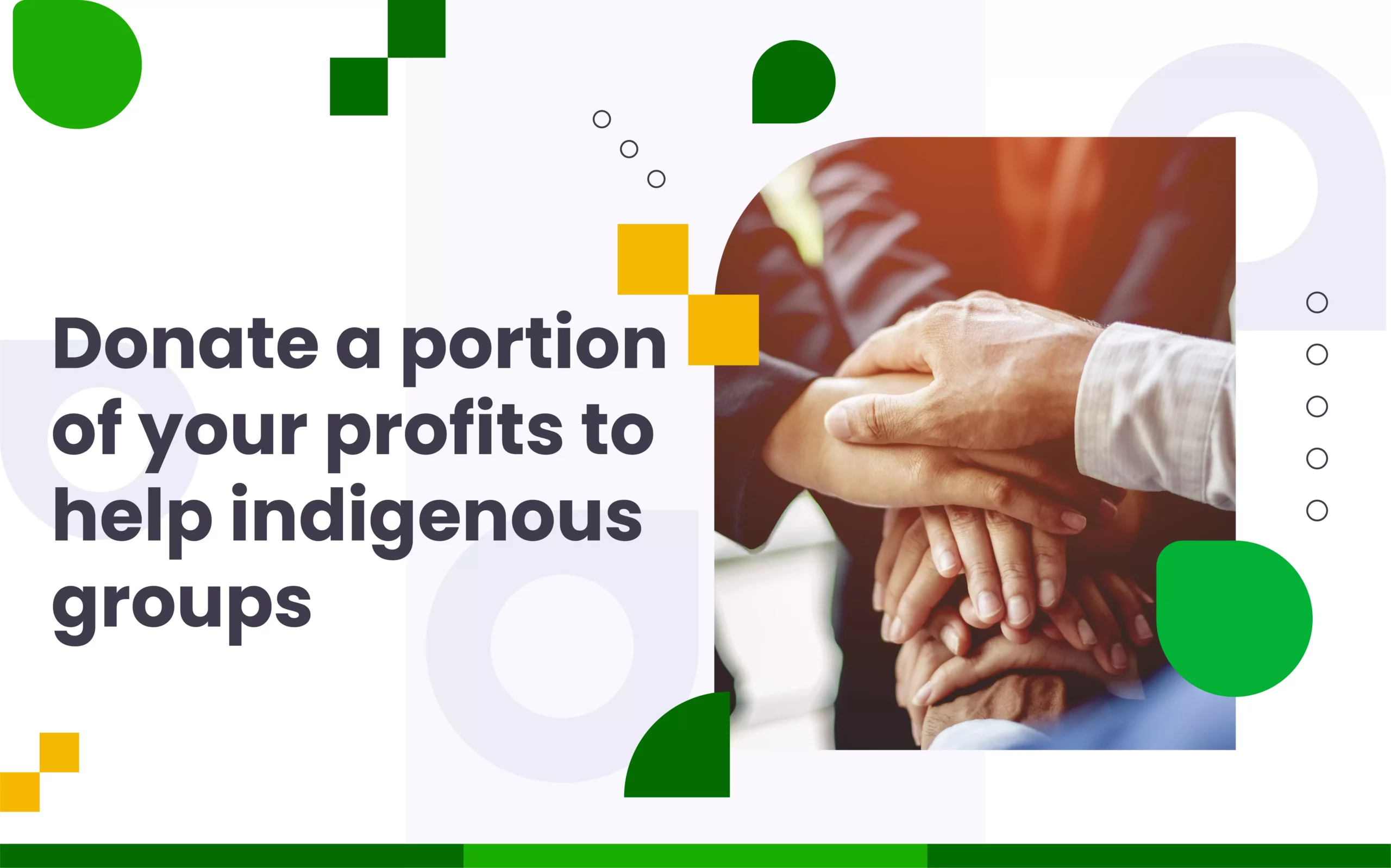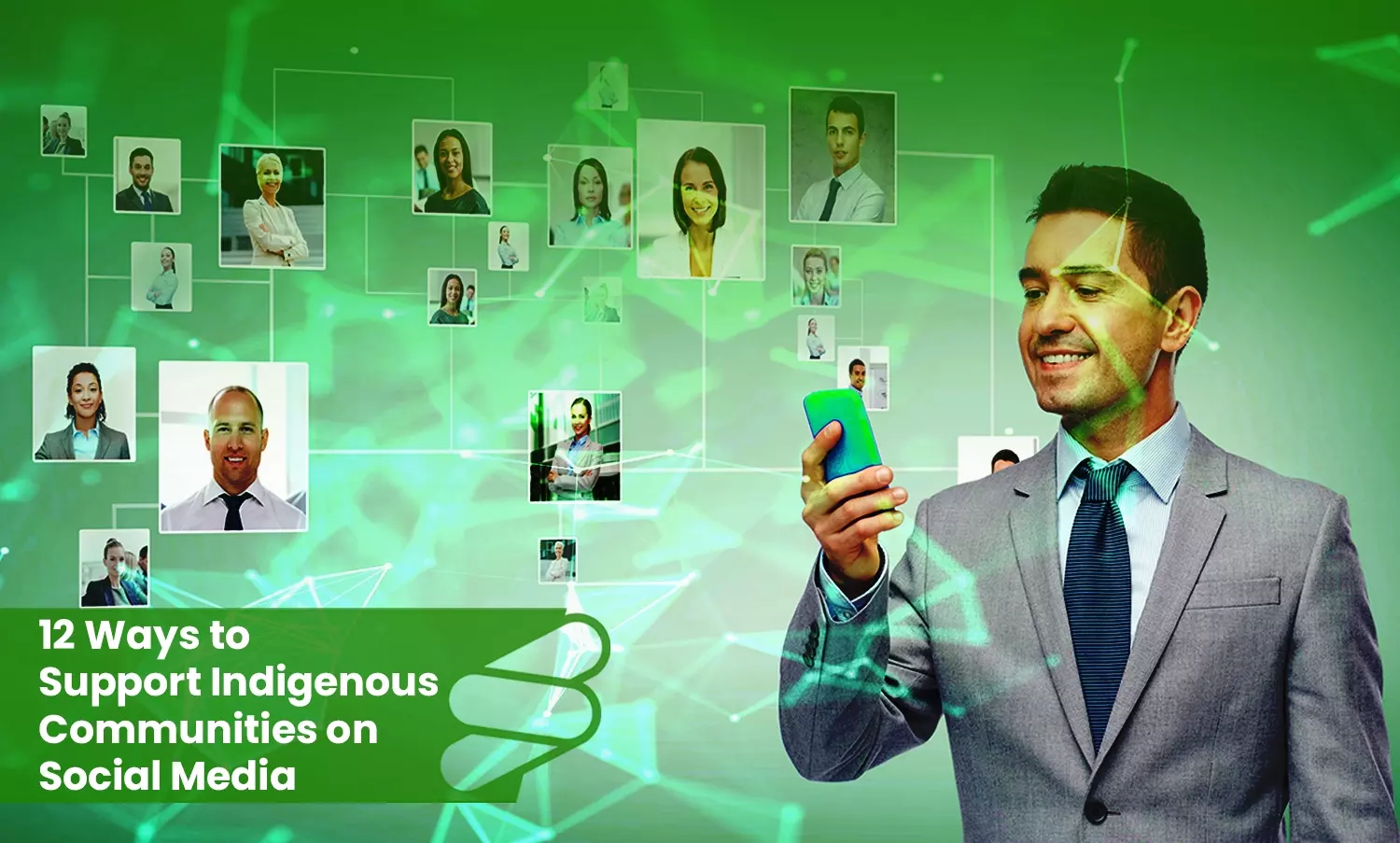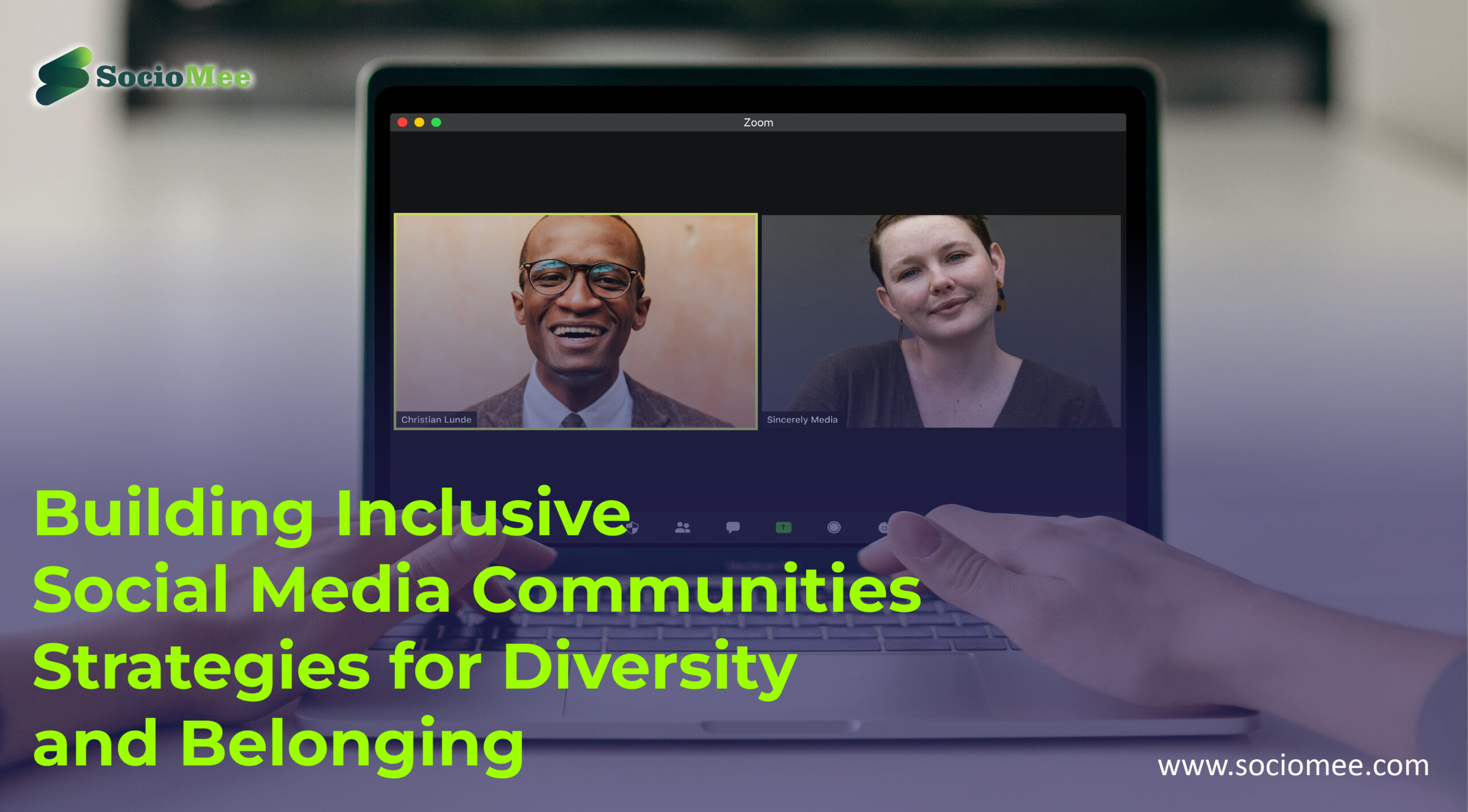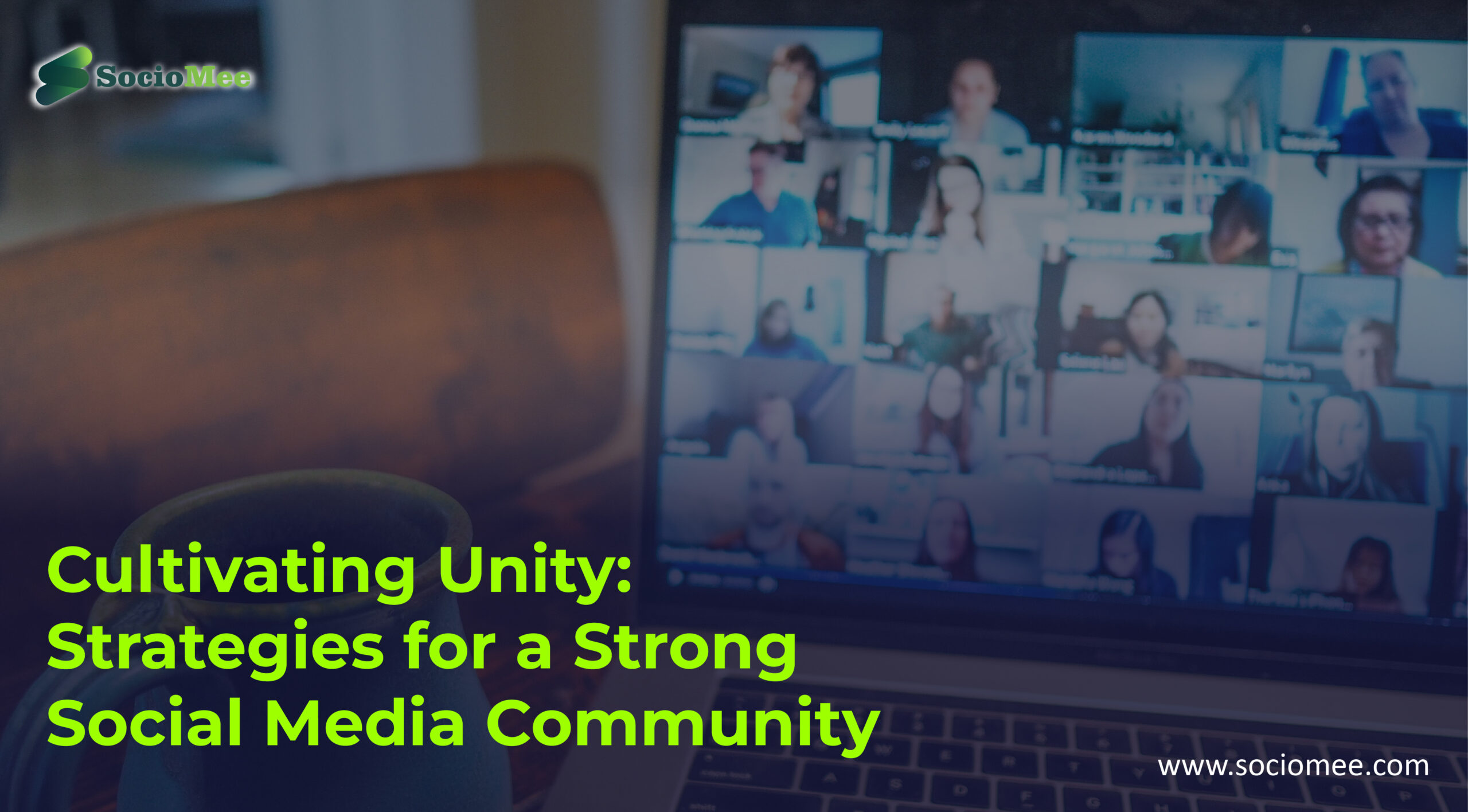Today, almost everyone has a social media presence of some kind. The same is true for brands and companies. In fact, many businesses have made social media a primary means of interacting with customers and growing their brand awareness. In recent years, many brands have used their social media accounts to highlight issues that are important to them. This can involve time-limited campaigns or creating content that fits the brand’s values on a more permanent basis.
Social media also makes it easy to support other groups and individuals who are trying to spread awareness about an issue they care about. In fact, many companies use social media as a way to build relationships with potential customers from the same community or with similar interests. Supporting indigenous communities on social media throughout the year is easy and can help you connect with like-minded individuals who might want to work with you in the future.
#1. Make the most of your social media presence through out the year

All year long, people will be on social media, looking for brands they can support. While holidays like Indigenous People’s Day might come around once a year, the rest of the calendar is always open for you to interact with potential customers. Make sure that you are using your social media accounts year-round. This way, you can help spread awareness about issues affecting indigenous communities any time of year, rather than just once a year.
There are plenty of ways to use social media to spread awareness, educate others, and support indigenous communities year-round. You can host a campaign, use hashtags to connect with likeminded brands, or use your content as a way to build your brand identity. Be sure to include links to websites or donate pages so that audiences can find out more about the issues you are trying to address.
#2. Use your existing branding and design
#3. Host an event to bring together indigenous communities
Hosting an event can be a great way to bring together indigenous communities who might not otherwise be in touch with one another. Perhaps your brand has a local event that it hosts regularly that can be used to bring together indigenous communities. Hosting an event in real life means that you can bring together a lot of people who might not otherwise interact with one another.
This can be a great chance for indigenous communities to come together and support one another.
#4. Provide educational content about the issues affecting indigenous communities
One of the best ways to support indigenous communities on social media is to provide educational content about the issues that affect them. Many social media pages or accounts, especially those related to brands, are well-suited to this kind of content. SocioMee, for example, has long been a place where people go to share news articles and follow publications that they like.
This is a great tool for providing content to educate people about the issues affecting indigenous communities. Instagram and Twitter also make it easy to include links to articles that people can read.
#5. Donate a portion of your profits to help indigenous groups

One of the best ways to directly support indigenous communities is to donate to organisations that help them. Many brands connected to social causes have donation pages where people can go to help support certain groups. All you have to do is find the relevant groups and transfer money to their donation pages.
This can be a great way to show your customers that you care about helping indigenous communities and that you are willing to put your money where your mouth is.
#6. Help organise events or fundraisers for indigenous communities
Another way to support indigenous communities is to help organise events or fundraisers. This could take place on social media or in person. This is particularly useful if you have a sizable supporter base.. Organising a shared effort among several groups can help bring in donations and awareness. This can be a great way to bring multiple communities together so that they can support one another. You can also work with other brands who want to support indigenous communities.
This can be a great way to network and build relationships with like minded individuals and organisations in your industry.
#7. Don’t forget to listen to what people are saying on social media
Finally, one of the best things that you can do to support indigenous communities is to listen to the conversations happening on social media. You can do this by tracking hashtags that are used to talk about issues affecting indigenous communities. You can also follow relevant organisations and personalities on social media so that you can keep up with what they are saying.
This is a great way to see what topics are being discussed and engage with the discourse. It can also be a helpful way to see what kind of content would be most helpful for your audience.
#8. By helping build digital literacy in your community
Digital literacy is the ability to use technology effectively. In addition to being familiar with computers, digital literacy encompasses skills such as web browsing, social media use, and computer programming. While digital literacy can be learned through formal education programs, many organisations are also working to promote digital literacy in their community. By helping to build digital literacy in your community, you can bring people together and help them learn more about technology while also increasing awareness of the importance of using technology responsibly.
By building digital literacy in your community, you can not only help more people learn to use technology responsibly but also promote healthy technology habits that will last a lifetime.In addition to teaching digital literacy skills, you can also help people understand the importance of responsible usage of technology by providing resources for them to learn more about the latest trends in digital technology. You can also offer workshops or other events for people to learn about responsible usage of technology and how it can affect their lives.
#9. Commit to being a long-term partner and ally
In today’s world, business is no longer a one-way street. As more and more people are able to work from home or part-time, the lines between work and personal life are blurring. When you’re on the job, you’re expected to put your personal life on hold, but when you’re at home, you have the freedom to do whatever you want. This can be a huge advantage for freelancers who want to be able to work from both places.
However, it can also be an obstacle if you aren’t careful. If you commit to being a long-term partner and ally to your client, not only will they trust that you’re working as hard as they are but they will also be willing to go out of their way to support you. In return, your clients will feel more connected to their business partner and it will help them feel more invested in their goals.
#10. Help build capacity in the community
There is an emerging body of work that suggests social media can play an important role in supporting Indigenous communities. As such, there is a need to build capacity within these communities to use social media effectively.There are many ways to build capacity within a community. One way is to create and curate content that is relevant to the community. Another way is to provide training and resources that teach community members how to use social media. And finally, it is also important to create a safe and supportive space for community members to share their experiences and connect with one another.
By providing content, training, and support, we can help build capacity within Indigenous communities to use social media effectively year-round.
#11. Guidelines for sharing Indigenous content on social media
- When posting or sharing Indigenous content on social media, always seek permission from the creator before doing so.
- If you are not Indigenous yourself, be mindful of the ways in which you share and promote Indigenous content. Make sure that you are not appropriating or exploiting Indigenous culture.
- Be respectful of the context and meaning behind the content you are sharing. Do not change or edit the content in any way without consulting with the creator first.
- When sharing content, always give the author credit. Include their name, website, or social media handle so that people can find out more about their work.
By following these guidelines, you can help to ensure that Indigenous content is shared respectfully and in a way that honours the culture and traditions of its creators.
#12. What to keep in mind when talking about Indigenous issues on social media
When discussing Indigenous issues on social media, it is important to remember a few key things. First, be respectful. Second, be aware that you may not be certain of all the facts. Third, be aware of your audience and how they may react to what you say.
Indigenous issues are complex and sensitive. By being respectful and aware of these things, you can help to make sure that the conversation is productive and informative.










This Post Has 2 Comments
I believe all of these are quite beneficial and all of these work out. Thanks
Now that’s what we call an appealing comment section design. The design is simple but color and font make it look appealing. Also, the lines make it appear clean and reduce the clutter.